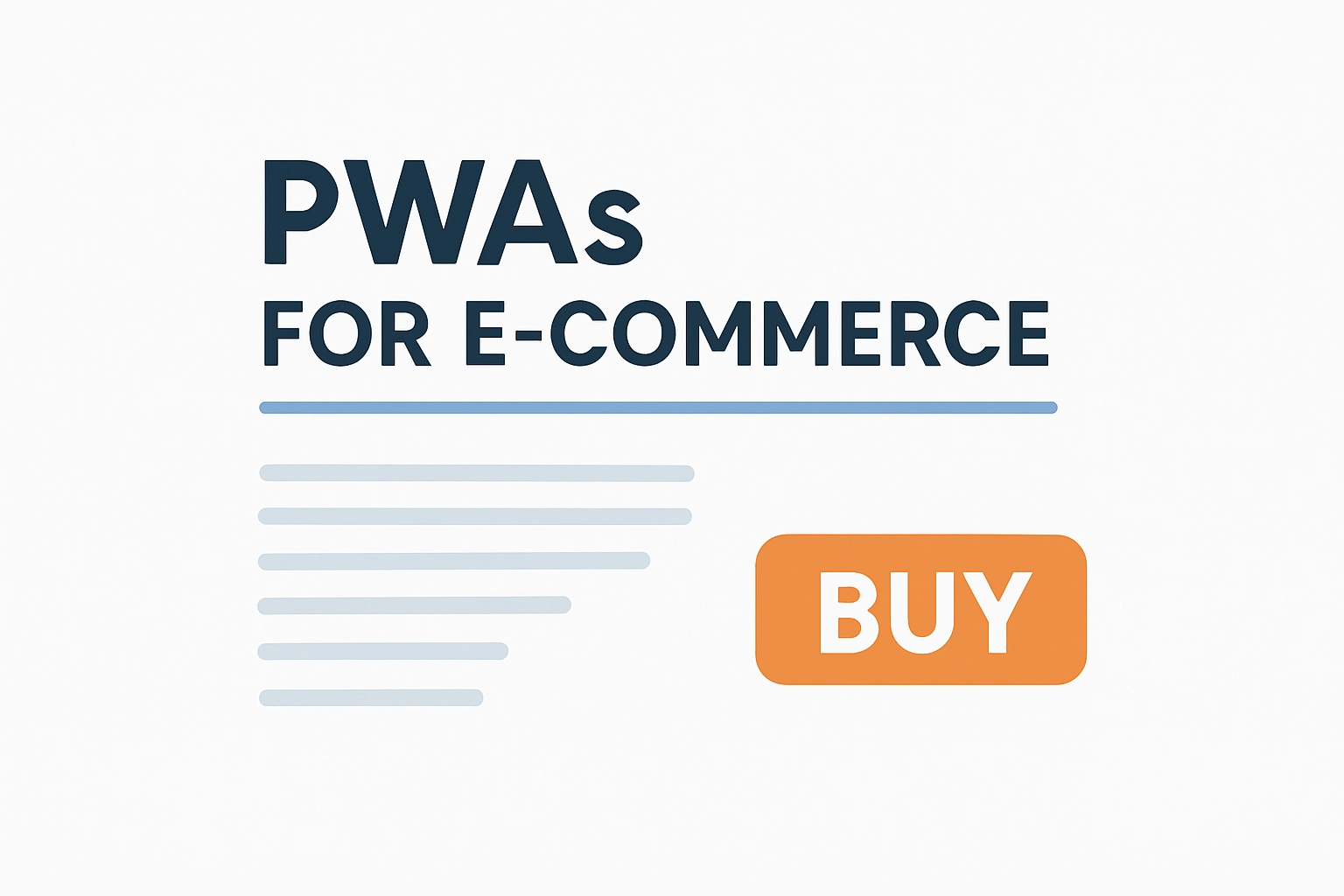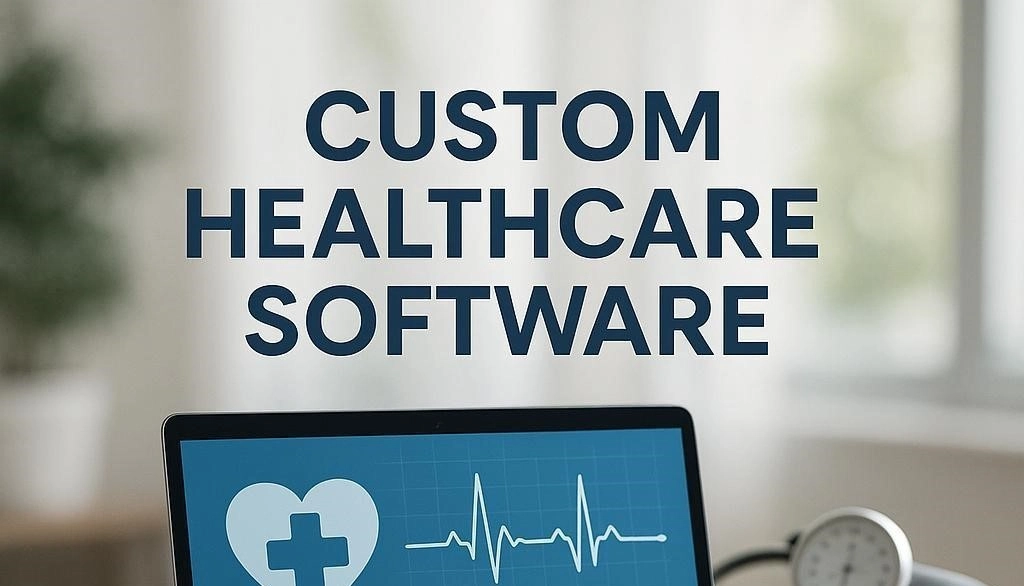In-house Vs. Outsourced Software Development - Which is Best?
14 Nov 2024In-house vs outsourcing software development provides a distinctive approach. Companies should choose carefully which strategy will be best for their goals. Mostly businesses depend on software to handle everything from operations to consumer relations in the highly competitive business environment of today. This dependency makes software development strategic choices that have consequences that may last for many years. The most crucial question for businesses to answer is when to develop software internally or outsource them. In-house vs. outsourcing for businesses should evaluate the project scope and the need for specific skills. Both alternatives have their unique benefits and drawbacks and the best decision will rely on various factors like business goals, budget, time, and resource availability.
What is In-house Development?
Internal development means that a company relies on its resources and professionals to design and support applications. Sometimes it implies employing or training a staff of developers, designers, and Project managers who are solely focused on the company’s projects.
Pros of In-house Development
1. Control and Flexibility: It makes a lot of sense, because a company gets full control over the development process for priorities, so for temporal-spatial characteristics. Communication within groups makes it easier to respond to change and integrate changes into the process since the business environment can change at any one time.
2. Understanding Company Vision and Goals: In-house teams operate within the company it is easier for them to understand the company's vision, goals, and culture. To this, an alignment such as this can lead to more relevant and integrated software solutions.
3. Improved Communication: Teams can have improved availability and better co-ordinate with other organizational departments, hence leading to quicker organizational decisions and problem-solving.
4. Data Security and Privacy: Due to internal development of the software, less data is disclosed to third parties increasing data security and acting in compliance with the relevant regulatory agencies.
Cons of In-house Development
1. Higher Costs: Building an in-house team requires significant investment in salaries, benefits, infrastructure, and ongoing training. The costs can be substantial, especially for small to mid-sized companies.
2. Time-consuming Recruitment and Onboarding: Finding, hiring, and training the right talent takes time and resources, which can delay project initiation.
3. Resource Limitations: In-house teams may lack the specialized skills needed for particular projects, and it may be costly to acquire them temporarily for specific tasks.
4. Scalability Challenges: Scaling an in-house team to meet sudden project demands is difficult, requiring either temporary hires or increased workloads for existing employees.
What is Outsourcing?
Outsourcing means engaging a third-party provider to implement software. The outsourced team can be both domestic and overseas and they can participate in the project in part or in its entirety depending on the needs of the company.
Pros of Outsourcing
1. Cost Cutting: Tribes offer a primary cost advantage because firms don’t have to incur costs of scouting, recruiting, training, and retaining developers. Outsourcing providers also have a broad range of flexible price structures as well, to some extent.
2. Access to Global Talent: These include access to talented people below Through this process, firms can acquire unique and valuable human capital or expertise where the company might otherwise not have access to it.
3. Quicker Results: There are significantly more developers in outsourcing firms hence, the projects can be completed much quicker than if you had to do it in-house, especially if you outsource the team from a country that has a time zone difference.
4. Future Growth Opportunities: Outsourcing development enables companies to explore other strategies of growth since they are not confined to dealing with software development alone.
Cons of Outsourcing
1. Language: Different time zones, cultural barriers, and language can lead to miscommunication or misunderstanding of project goals and requirements.
2. Less control and high obscurity: Outsourcing implies that certain of the original controls are given up and this makes it difficult to oversee the advancement and guarantee appropriateness of the business objective set.
3. Data Security Risks: Giving information to other people is always unsafe. Despite the fact that renowned firms have an effective security system, there is a high possibility of leakage of data or an incident of non-compliance.
4. Cost Issues: Outsourcing often involves finding ways to reduce costs for benefit delivery while coping with other associated costs such as quality concerns, whose measures are sometimes difficult to align to meet initial company expectations, especially with the new outsourcing partners. Lack of understanding or supervision may cause poor quality of outcome.
Which is Better? In-house or Outsourcing?
The better option between in-house vs. outsourcing depends on the specifics of the organization and the resources available. Using in-house for development is only wise where the project takes a longer time to complete, or where the security of the application is a major consideration.
Outsourcing, on the other hand, is best applied to situations where the project is time-bound, needs to be achieved within a set budget, or is one that requires certain specialized skills. Choosing between in-house and outsourcing requires an in-depth awareness of short-term & long-term effects on company processes, operations, budget, and scalability.
Steps to Decide Which Option Is Right for Your Business
1. Estimate Your budget: Find out how much you are willing to spend on the development of the project. Internal sourcing might be a costly approach but it has its advantages in terms of long-term outcomes on the other hand, outsourcing can be cheaper in the short run.
2. Think about Control and Communication Requirements: Choose how much control would be required. Thus, if coordination is described as a high priority, then internal actors are more desirable. If flexibility has been agreed, then outsourcing could be done.
3. Assess Data Security Needs: Every project that requires outsourcing may pose threats concerning data security, and you may need to install securities themselves.
4. Determine Required Skill Sets: If there are specializations that are not available in your company, outsourcing will be able to meet that need. For the core business-related software, it may be advisable to have an in-house team.
5. Consider Scalability Needs: It can be especially valuable if you are expecting growth; outsourcing helps to adapt faster than hiring in-house employees.
Conclusion
It is equally important to ask where internal and offshore software development make sense in today’s business models. In this case, it depends on factors such as project size and scope, budget, timeline, and scope. Being armed with the pros and the cons, and after evaluation of the absolute needs of the business, an informed choice can then be made about the best type of reorganization. In the end, the more appropriate decision is the one that is most favorable for the explicit advancement of the organization.
Read Also:




